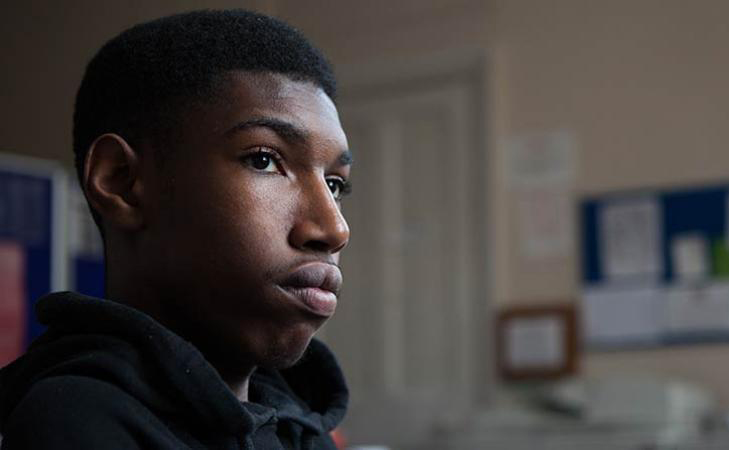A guest blog from our associate partners, The Children’s Society
“They just came that morning. I could only take the things that I could carry. [My son] was crying because his bed, his things, they were taking it out, they took us out, he just started crying and screaming and he didn’t want to go out of the house. Anything he pointed at I carried it out in the buggy.”
This was the recent experience of a mother who spoke to one of our team at The Children’s Society. She was evicted from her home with her young child because she couldn’t repay her debts in time. Unfortunately, this story is all too common for children and young people living in poverty and problem debt.
There are an estimated 2.4 million children in England and Wales living in families facing problem debt. Our latest research ‘The Damage of Debt’ suggests that having to juggle a range of creditors, from utility companies to stores, banks and payday loan companies, all of which may be seeking to claw back debts at the same time, ramps up the pressure on financially stressed households.
More debt types mean more problems
Our original analysis of data from the Millennium Cohort Study shows that debt and poverty are associated with separate effects on children’s mental health. Children living in low income households are at greater risk of having poor mental health. Separately, the number of debt types – rather than the overall amount of debt a family has – is associated with poorer mental health in children.
Children in families with multiple debt types are at greater risk of experiencing mental health problems than children in families with fewer debt types. However, this relationship is mediated by financial difficulties and income. As the graph below show, children in families on a high income without financial difficulties appear to be protected from the potential negative impact of number of debt types on their mental health.
Predicted total difficulties score by number of debt types
From our 2013 well-being survey we also found that around 5% of children in households who have no difficulties with debt are predicted to have low well-being, compared to 23% of children in households who have debt with arrears – this means that children in households who have debt with arrears are five times more likely to have low well-being than those with no difficulties with debt.
Stressed, anxious, guilty and ashamed
Both parents and children we spoke to said experiences of debt left them feeling stressed, anxious and depressed. Some parents reported specific symptoms like migraines, sleeplessness or losing weight, or had received specific treatment like being on anti-depressants. There was an overwhelming sense of shame and embarrassment felt by both parents and children – parents felt ashamed of not being able to manage money effectively; children felt embarrassed by being unable to afford normal things like their peers. Children felt guilty and felt like failures about not being able to help their parents deal with debt – it had an impact on their confidence and feelings of self-worth. Debt led to arguments between family members, and left parents feeling like they were not in control of their lives and could not protect their children.
Help us give young people and families a break
Our report makes a number of recommendations including one for a statutory ‘breathing space’ scheme to give families a chance to put in place a repayment plan and protect them from the mounting pressures of debt. Help support our call by writing to your MP.

